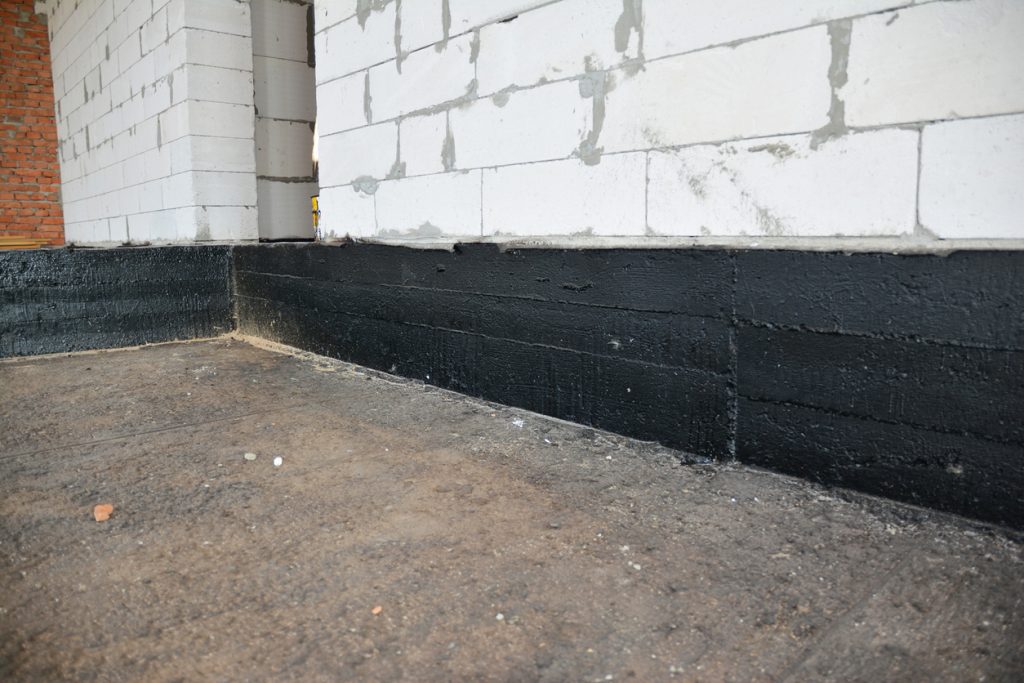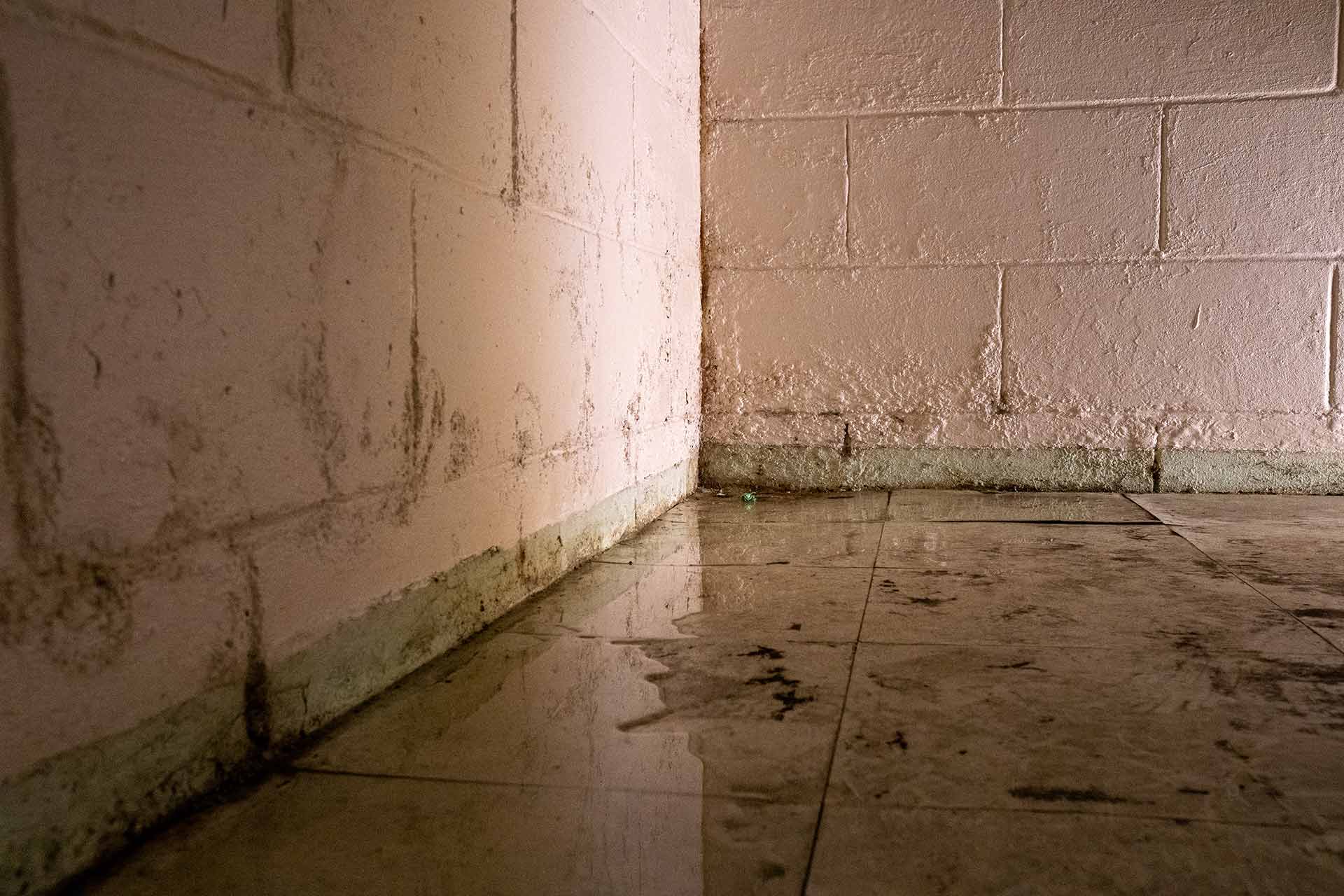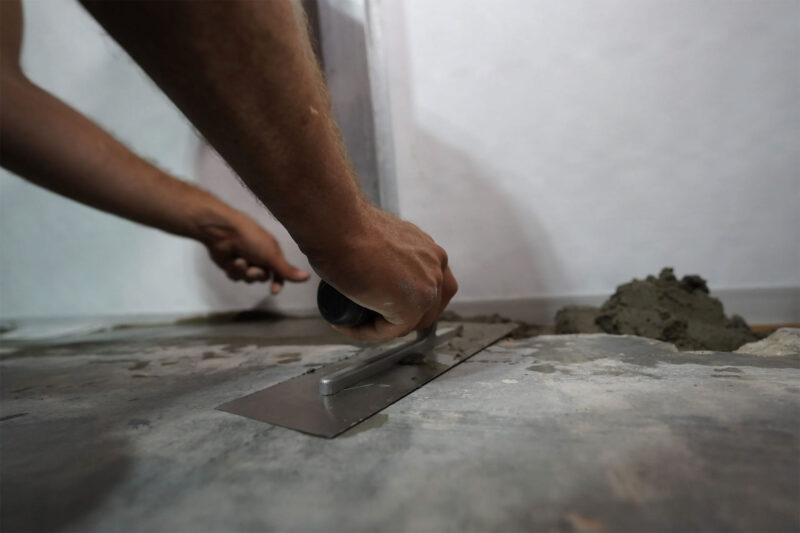Basement waterproofing is a crucial investment for homeowners looking to protect their property from water damage. From simple solutions like sealants and coatings to more elaborate systems like exterior drainage systems and sump pumps, there is a wide range of options available to keep basements dry.
But how long can you expect these waterproofing solutions to last? Understanding the lifespan of basement waterproofing systems is key to maintaining a dry and healthy home. In this article, we will explore the durability of various waterproofing methods and what you can do to ensure your basement stays watertight for years to come.
Types of Basement Waterproofing Solutions

When it comes to basement waterproofing solutions, there are several different types to choose from based on the specific needs of your home. Some common options include interior sealants, exterior waterproofing coatings, French drains, and sump pump systems.
Interior sealants are applied to the walls and floors inside the basement to prevent moisture from seeping through. Exterior waterproofing coatings are applied on the outside of the foundation walls to protect against water infiltration.
French drains are installed around the perimeter of the basement to redirect water away from the foundation, while sump pump systems are used to pump out excess water that accumulates in the basement. Each of these solutions offers its own set of advantages and benefits, so it’s important to consult with a professional to determine the best option for your home.
Common Signs of Waterproofing Failure
Several common signs indicate your waterproofing system may be failing in your basement. One of the most noticeable signs is the presence of water stains or discoloration on walls or floors.
You may also notice a musty smell in the basement, which is a clear indicator of moisture issues. Another common sign of waterproofing failure is the appearance of mold or mildew growth, which can thrive in damp environments.
Additionally, if you start to see cracks or deterioration in the walls or flooring, it could be a sign that water is seeping in and compromising the integrity of your waterproofing system.
It is important to address these signs promptly to prevent further damage to your basement and home.

Maintenance Tips for Extending the Lifespan of Waterproofing
To ensure the longevity of your basement waterproofing solution, it is essential to follow a regular maintenance routine. Start by inspecting the exterior of your home for any signs of water damage or wear and tear on the waterproofing materials.
Clear gutters and downspouts regularly to prevent water from pooling around your foundation. Inside your basement, check for any cracks or leaks in the walls or floors, and address them promptly to prevent further damage.
Keep an eye out for any signs of mold or mildew, as these can indicate a moisture issue that needs to be addressed. By staying on top of maintenance tasks and addressing any issues promptly, you can extend the lifespan of your waterproofing solution and protect your home from water damage.
Conclusion

In conclusion, homeowners need to have realistic expectations when it comes to the lifespan of basement waterproofing solutions. While some methods such as exterior excavation with drainage systems can provide long-lasting protection, others may require more frequent maintenance and eventual replacement.
By understanding the limitations and maintenance requirements of different waterproofing techniques, homeowners can effectively protect their basements from water damage and ensure a dry and healthy living environment for years to come.
Don’t forget to consult with basement repair experts for any necessary repairs and updates to keep your basement dry and safe.


